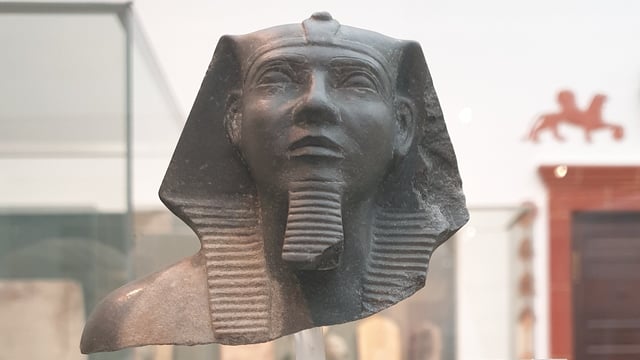Archaeology Travel guide Jordan
Reasons to Visit Jordan

Desert Castles,

Roman Ruins,

Byzantine Mosaics,

… and the Dead Sea.
Interesting Things to Know About Jordan
Jordan has the world’s oldest dam, designed to divert water from the Wadi Rajil near Jawa, an ancient proto-urban site near the country’s northern border. Carbon dating has revealed that the masonry dam was built between 3500 and 3400 BC/BCE.
The land now encompassed by Jordan was once part of the Roman Empire. The country’s Roman heritage is perhaps most obvious at Jerash, where visitors can explore a Roman forum, theatre, and colonnaded streets. Jerash has been a place of human settlement for 6500 years, with the Roman city developing from a Hellenistic predecessor that some traditions claim was the creation of Alexander the Great.
By far Jordan’s most famous heritage site lies at Petra, a Nabataean caravan-city largely carved into the red sandstone rockface. Located at an important crossroads between Arabia, Egypt, and Syria-Phoenicia, Petra became a major settlement in the Hellenistic and Roman periods, displaying both traditional Nabataean architectural styles along with Hellenistic ones.
Jordan is home to one of the most important pilgrimage sites in Christianity, the location where Jesus Christ was allegedly baptised in the River Jordan by his cousin, John the Baptist. Roman and Byzantine archaeological sites reflect the former presence of an active Christian community here, a place now recognised as a UNESCO World Heritage Site.
The area of modern Jordan came under the domination of Muslim Arabs in the 7th century, but tensions between different religions continued, especially during the Crusades. A reminder of this conflict can be seen at the Crusader castle commonly known as Montreal or Qal’at ash-Shawbak, first built in the 12th century.
Find Places to Visit in Jordan
Five Popular Attractions in Jordan

Petra

Jerash

Madaba

Mount Nebo

Wadi Rum
What to See in Jordan

Roman Ruins and Museums

Castles and Palaces
Egyptology Museum, University of Leipzig
Housed in what was a private bank built in the 1920s, the Krochhochhaus, is the Egyptological Institute of Leipzig University’s Ägyptisches Museum – Georg Steindorff. An important collection of over 7,000 artefacts from Egypt and Sudan that starts with prehistory cultures and ends in the early Islamic period of the area. One of the highlights on display is the richly decorated sarcophagus of Hedbastiru; the object that would give rise to the establishment of the museum.


Museum of Classical Antiquities, Leipzig
Housed in the Alte Nikolaischule, the University of Leipzig’s Museum of Classical Antiquities has over 10,000 artefacts from various Mediterranean countries representing Classical Greece and Rome. Although the collection was founded in 1840 as a teaching collection for students of Classical archaeology at the university, the museum is accessible to the public. Highlights include a number of red and black painted ceramics from Apulia, including a beautifully decorated Apulia Krater.

Ore Mountain Open-Air Museum, Seiffen
The Ore Mountain Open Air Museum, linked to the Toy Museum in Seiffen, is a collection of historic buildings from around the Ore Mountain area, dating from the mid-19th through to the early-20th centuries. In an area covering 3 hectares there are 15 buildings, including two hydroelectric power installations (of which there are daily demonstrations in the summer). The focus of the activities showcased here is on the woodworking professions of the Erzgebirge region, specifically the workshops, machines and technologies of Erzgebirge toy production.

Ore Mountain Toy Museum in Seiffen
Housed in a former hosiery factory, the Ore Mountain Toy Museum opened in 1936. The exhibition space covers 1,000 square meters spread over three floors. These displays feature over 5,000 objects reflecting the traditional local toy industry and other forms of folk art. Besides the objects, there is a great deal of historical background into the collection and the toy making industry in the area. There are also toy-makers on hand, demonstrating how some of the toys are made.

Runde Ecke Memorial Museum
In what was for 40 years the Stasi’s headquarters of the Leipzig District is now a museum that tells the history of the secret service in Leipzig during the period of the GDR. The central, permanent exhibition is ‘Stasi – Power and Banality. Curated by the Citizens Committee of Leipzig, which was formed during the peaceful revolution in 1989. The demonstration that on 9 October 1989 brought down East Germany and the fall of the Iron Curtain. The custodians have tried to preserve the decor and contents of the Stasi offices as it was at the end of 1989, from linoleum floors and radiators, from surveillance cameras to shredding machines.








